You may say, “I’ve heard recruiters are so busy that they don’t have time to read cover letters.” For the initial screening of candidates, this statement may hold true. The true value of a cover letter becomes apparent when you have made it to the top of the candidate pile and the recruiter is doing his best to get the top three to the hiring manager. As the recruiter reviews his top six or seven candidates, he will review the cover letter for additional information that will match you with the desired skills in the job description and set you apart.
A few best practices (not an all inclusive list) when developing an impactful cover letter are:
- Do your homework – learn as much as you can about the organization, especially the main character traits and skill set the company is seeking for the role
- Be professional – ensure that language and examples you use to sell yourself do not belittle your previous employer; if you do this once, the recruiter knows you may do it again
- Avoid spelling and grammar mistakes – spell check and have a colleague proofread the letter
- Express long-term interest in working for the organization – turnover costs organizations roughly 150% of an employee’s salary to fill the position; confirming for them that you are seeking a stable place of employment will help ease their minds about you as a viable candidate
- Apply to local companies – relocation expenses are typically covered for executives and critical needs positions, but not for everyone; applying to a company in a different city may be a waste of both parties’ time, unless you have what the organization is looking for and you are mobile
So, what does an excellent cover letter look like?
Header – The top of the cover letter should be identical to the top of your resume. Whatever format you choose; ensure that it is easily replicable. This section should have your name, address, phone number, and personal email address. Please ensure that you select a very respectful email address, jsmith@gmail.com goes over much smoother than jluvskittens@gmail.com.
Paragraph One – The best way to start a cover letter is to address a person specifically. To say “To whom it may concern” sounds nice, but there is significant value in knowing enough about an organization to address one person professionally. The next step is to state very specifically what position you are applying for and how you found out about it.
Paragraph Two – With all of the information you compiled on your target company, it is now time to take what you learned and pair it with three of your accomplishments. Your accomplishments should directly correspond with needs the organization has. You want to prove to the person that you can save the organization money, make it money, or reduce its’ risk. The items that you list should not be straight from your resume, they should be different results or enhancements of a bullet point from your resume. Be sure to use language that is succinct and clearly states how you will reduce pain or increase pleasure.
Closing – To properly close the letter, restate the position that you are applying for and sincerely thank the person for his time. Establish a specific follow up date, one to two weeks later, and state how you will reconnect with the person.
Resumes and cover letters are simply an invitation to dance. Your ability to present and interview well will land you the job. But, that does not lessen your need to write attention-getting cover letters. By tailoring your cover letter specifically to the organization, you are increasing your chances of securing an interview because you are showing that you are willing to do your homework and show them how you can help make money, save money or reduce risk.
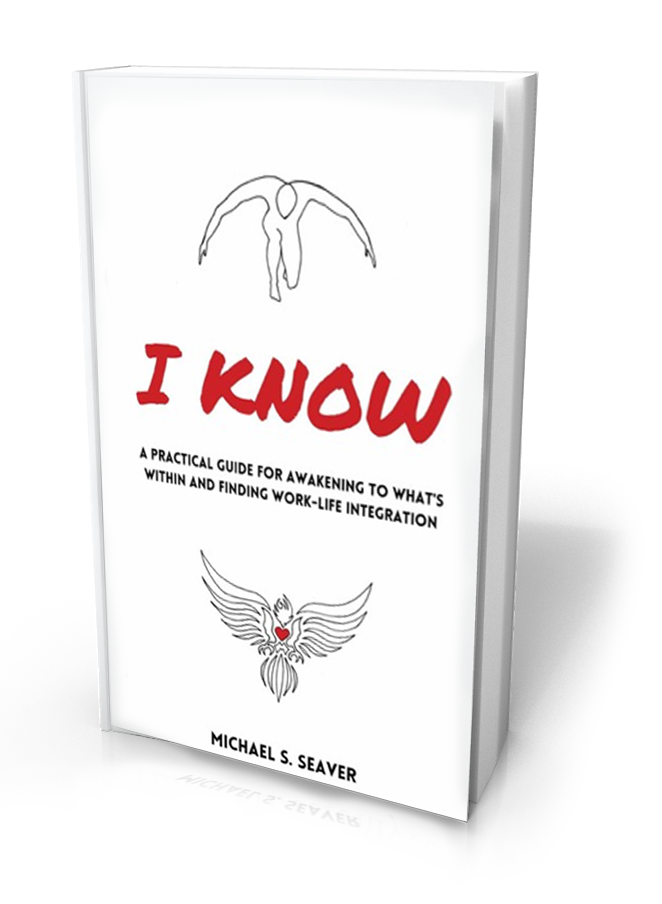

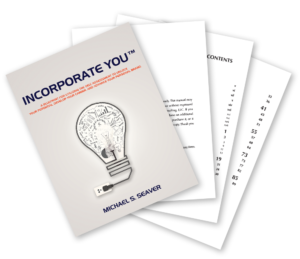
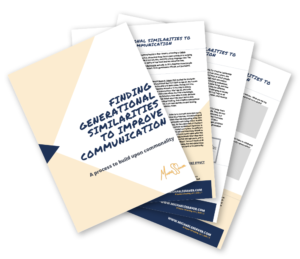
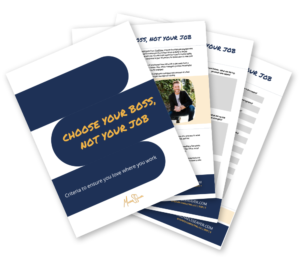
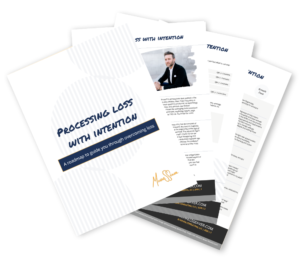
Connect with me